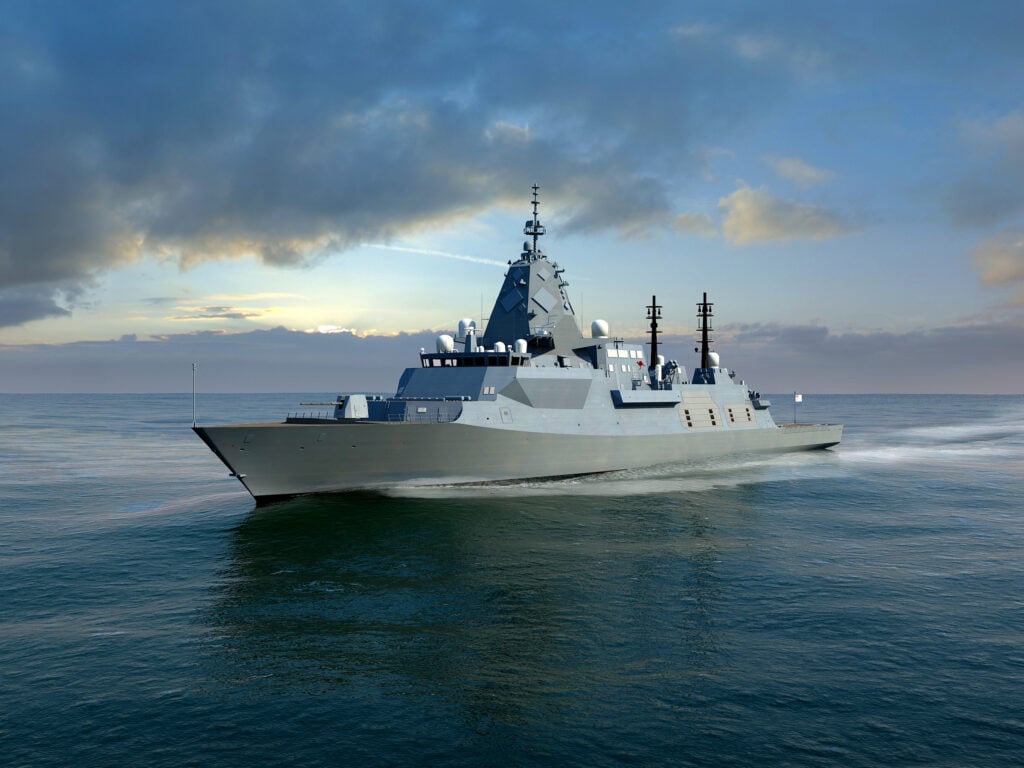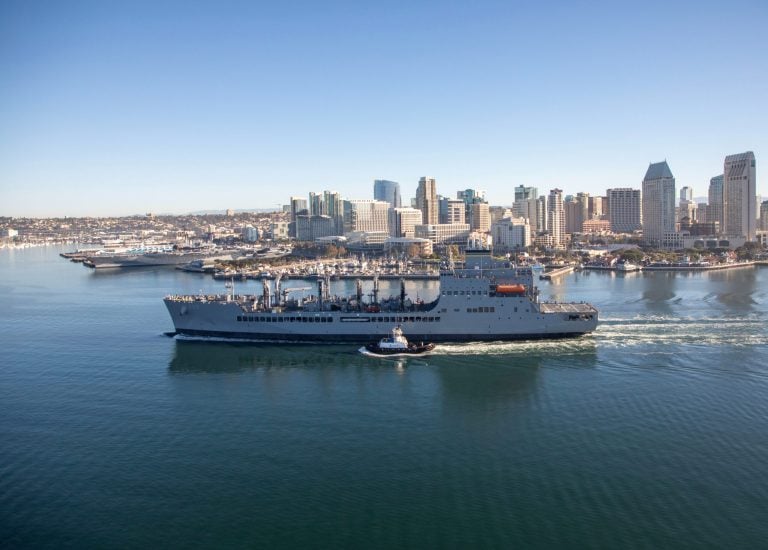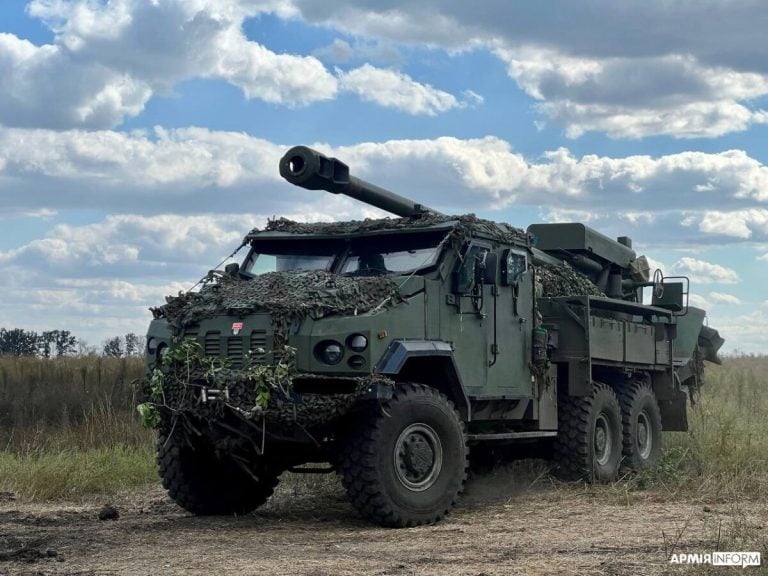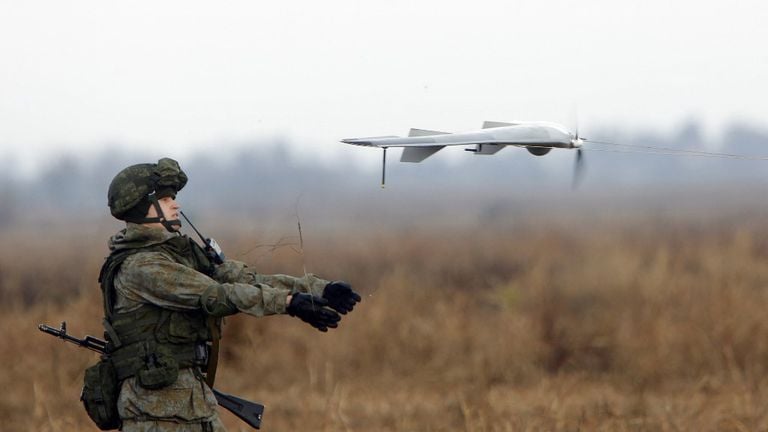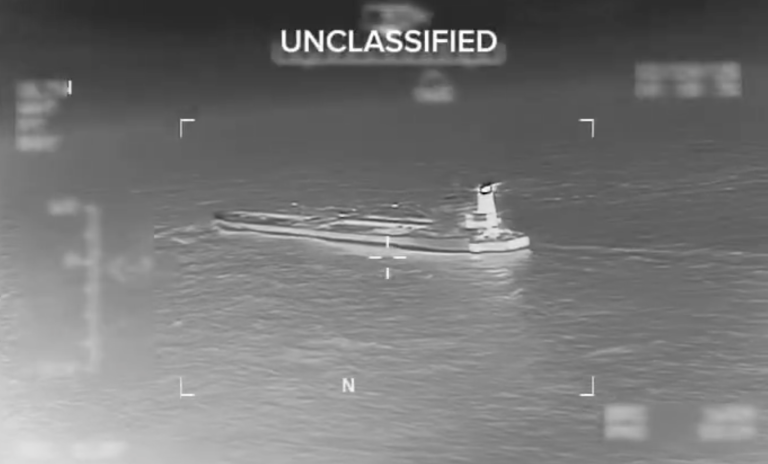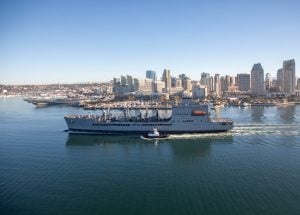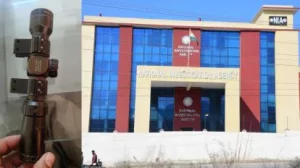Rohde & Schwarz Australia has entered into a significant partnership with UK-based STS Defence to furnish a set of configurable communication masts for the initial trio of Royal Australian Navy’s Hunter-class frigates. This collaboration represents a substantial investment in enhancing naval communication capabilities, integrating twin masts equipped with NAVICS Multi-Level Security systems, which Rohde & Schwarz Australia is set to deliver as part of a contract slated for 2024. These advancements aim to facilitate robust communication across various frequency bands among the vessels.
Gareth Evans, Managing Director of Rohde & Schwarz Australia, expressed enthusiasm about the collaboration, highlighting STS Defence’s critical role as a supplier for the Hunter Class Frigate Program (HCFP). He emphasized that the company’s proficiency in designing and manufacturing high-quality communication masts is vital for the successful execution of the program.
Manufacturing of the masts will take place in the UK, with the first set expected to be delivered by 2028. The design is inspired by the main communications mast supplied by STS Defence for the UK Royal Navy’s Type 26 frigates, ensuring a tried-and-tested solution for the Australian Navy.
The configurability of these communication masts is a key feature, as they will be positioned above the mission bay of the vessels. This strategic location will accommodate an array of antennas and isolation screens to enhance operational efficacy. Specifically, the starboard-side mast is designated for ultra- and very-high-frequency communications, while the port-side mast will facilitate 4G, GPS, and ship-to-shore satellite communications.
Mainstay Marine Solutions, based in South Wales, has been entrusted with the manufacturing and assembly of the mast structures at Pembroke Dock in Pembrokeshire. Once completed, these structures will be shipped to Adelaide for installation on the Hunter-class frigates.
Ben Stancliffe, Managing Director of STS Defence, articulated the significance of this project, describing it as a flagship program that showcases the company’s technological, design, and integration competencies. He expressed pride in contributing to a mission-critical system intended for one of the world’s most advanced warships.
Australia’s commitment to building nine Hunter-class anti-submarine frigates is evident, with expectations that the first vessel will attain operational capability by 2034. This initiative underscores the nation’s focus on enhancing maritime defense capabilities and ensuring effective communication within its naval forces.
